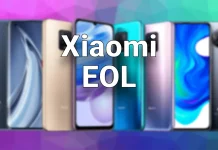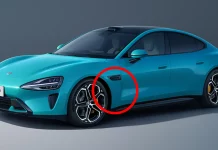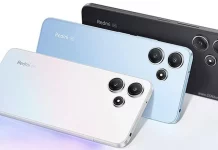31 May 2018 - This is a date in 2018 that we will definitely remember. Xiaomi hasn't been stingy with the number of products it unveils, but on this day, no less than 6 products were unveiled. Apart from the 3 Mi 8 models, the Mi Band 3, the Mi VR wireless glasses (with its own hardware, battery, Oculus and Facebook collaboration) and the 75″ version of the Mi TV 4 were also shown (with huge success).
Dozens of rumours have been circulating around the web about the latest flagship in the upcoming Mi range. Until a few weeks ago, we were still waiting for the Mi 7, which we thought existed until the last few days. In the end it didn't, the manufacturer omitted the number seven.
Until the Mi MIX was launched in summer 2016, smartphones were pretty much the same. Large bottom and top bezels, sometimes more angular, sometimes more rounded corners. Although the display has slowly increased in size, perhaps only Samsung has experimented with more drastic design innovations. Then the Mi MIX started a 'full-screen revolution', suddenly everyone was able to produce smartphones with almost no screen. Then came the 18:9 aspect ratio, followed by the launch of the form-fitting iPhone X in autumn 2017, which was soon copied in part or in full by several manufacturers. Our current Mi 8 trio also borrowed a few styling cues from the originator of the notch 'fashion', and then perfected them to the extreme to bring the Mi 8 to the public at the absolute top end of the hardware and software spectrum.
Xiaomi is celebrating its 8th anniversary this year, and partly because of this, and partly because of the many innovations ("the new flagship has so many revolutionary new features that it's worthy of a model number jump"), it has introduced itself as Mi 8. So we didn't get the Mi 7, but we got 3 Mi 8s in return. In a bit of a bad mood (to use a kitchen analogy), I could say that the rumours so far have been crumpled up and split into three parts for sentiment. Then the roughly similar pieces were shaped and baked until we got 3 seemingly identical end products (let's make buns). All three models are strong, or rather notable, in different ways.
What I would like to highlight at the outset are the features based on rumours and previous rumours, which none of the models have finally got:
- no Qi wireless charging
- no water resistance (IP rating) officially
- no third camera
- and they didn't get a battery around 4-5000 mAh
When the agreement for the Qi standard was announced earlier this year, I didn't think that this feature was only for the Mi MIX series. Yes, if the iPhone X is the model, then neither this nor IP certification was given to the Mi 8. Fortunately, we can live without them, and even without them, the Mi 8 trio will be very popular.
The show is unique in one more way compared to previous Chinese shows. This is the location. Until now, all the major events showcasing the current Mi range have been held in Beijing. This time, Shenzhen hosted the event.
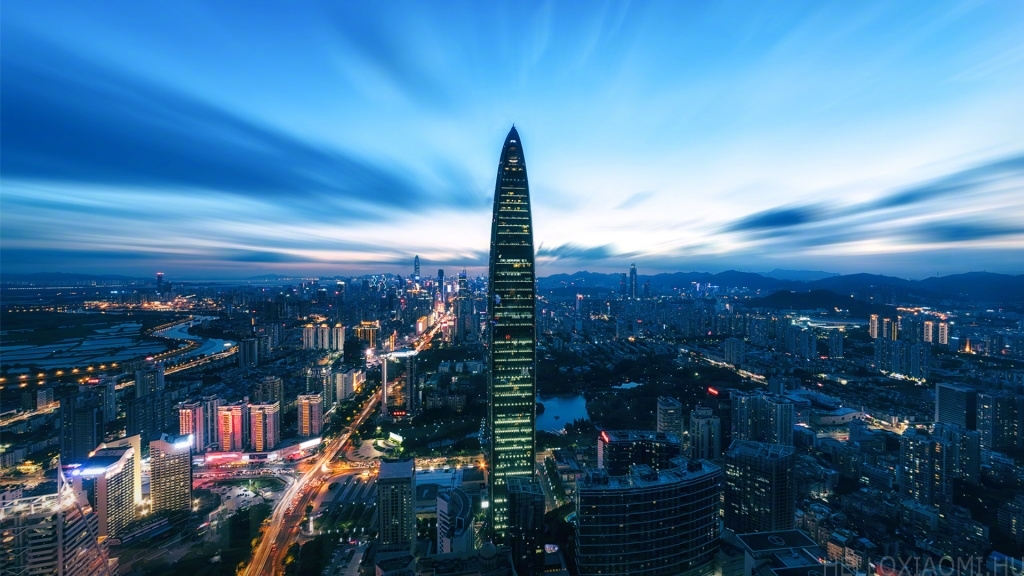 The city is beautiful, especially at night. Ideal for mobile test shots.
The city is beautiful, especially at night. Ideal for mobile test shots.
The presentation will be hosted by Xiaomi CEO, Xiaomi CEO conducted it, almost alone. The only other thing he talked about was MIUI 10. Now we didn't see Kris Wu either, although he could have gone with the Explorer Editon version of the Mi 8, for example. The event lasted a good hour and a half, but it was necessary with so many products. The live stream was a disaster. Interrupted, stuck, slipped. But in the end we got it all.
Mi 8 - Design
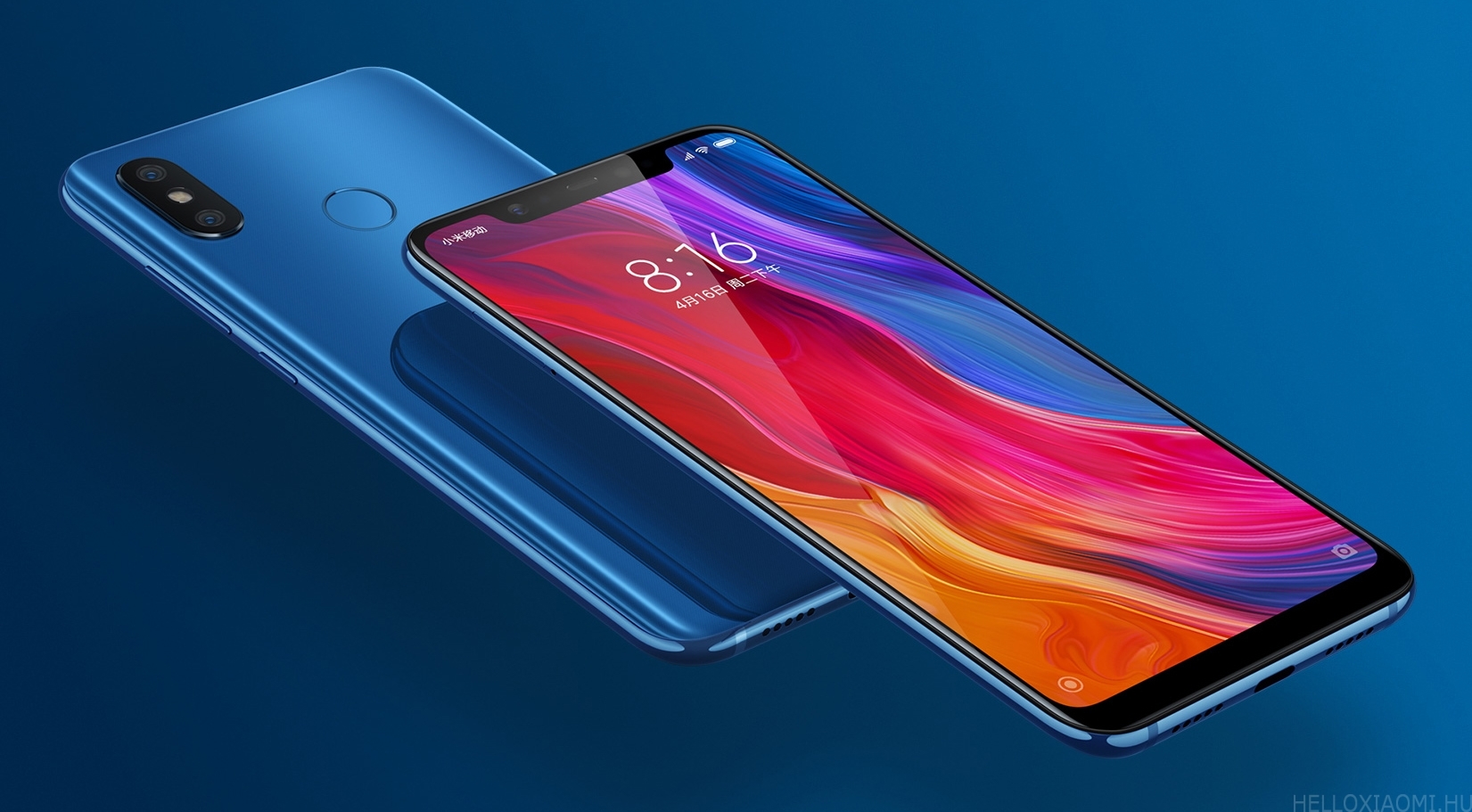 So far, the Xiaomi Mi flagships have had a maximum screen size of 5.15 inches. The Mi 8 is the first to break the compact size barrier (it's already 6.21 inches, which is even larger than the Mi Note series), but the first MI model with an 18:9 aspect ratio and AMOLED panel. Oh yeah, and the notch is included for the first time (maybe that's where I first really feel it makes sense).
So far, the Xiaomi Mi flagships have had a maximum screen size of 5.15 inches. The Mi 8 is the first to break the compact size barrier (it's already 6.21 inches, which is even larger than the Mi Note series), but the first MI model with an 18:9 aspect ratio and AMOLED panel. Oh yeah, and the notch is included for the first time (maybe that's where I first really feel it makes sense).
Its predecessor, Mi 6, was still compact in physical size, inheriting to some extent the styling cues of its predecessors. It has more refined edges and curves than its competitors, making it even more comfortable to hold.
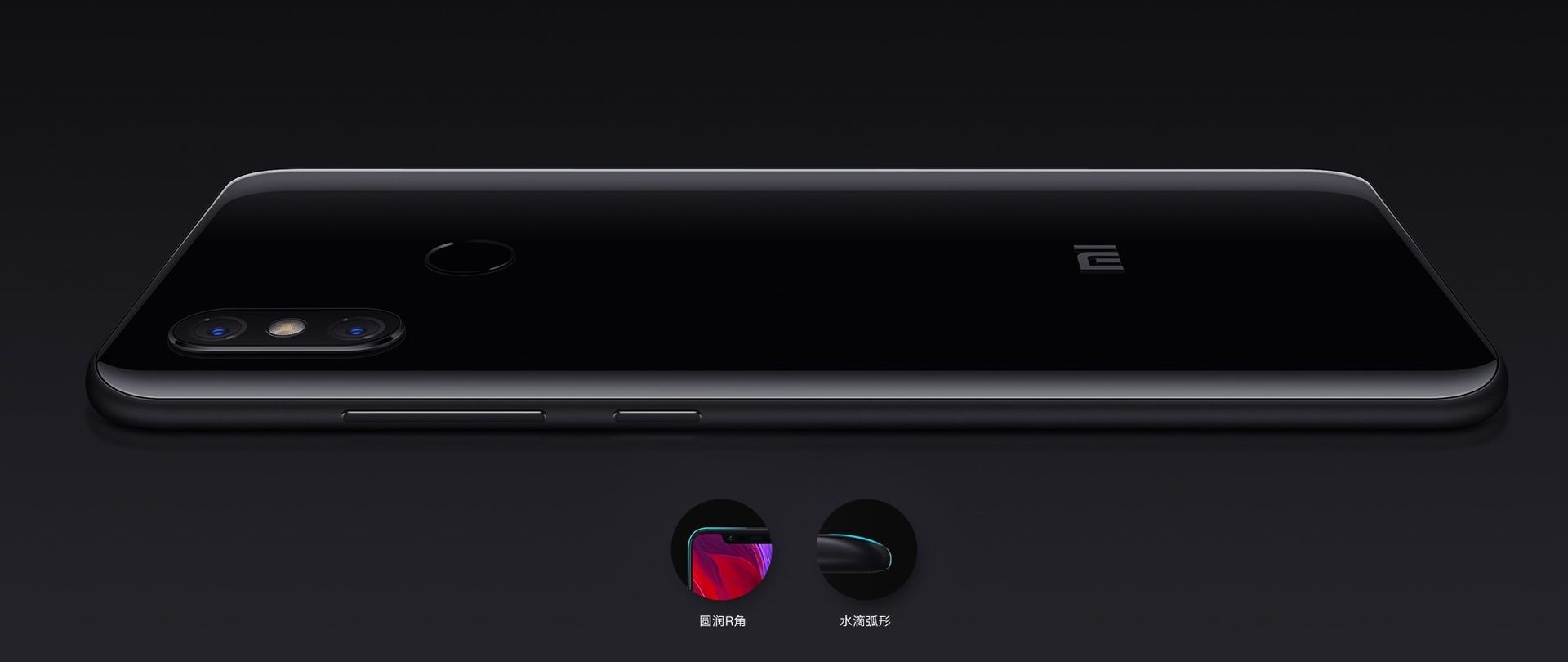
At first glance, the Mi 8 is nothing more than an inflated iPhone X. The resemblance is indeed uncanny (as is the case with more and more notch devices from a growing number of manufacturers).
However, Xiaomi's engineers have once again paid attention to the craftsmanship, and up close you can see several differences.
What are the similarities between the Mi 6 and the Mi 8? The slick use of materials. Because both models have a glass back and a polished metal frame on the side, you have to be careful when holding it in sweaty hands or even when putting it on a table. The silicone case supplied from the factory is a must from the start. So a bit of an X from the front, but the chunkier bottom case is definitely different from the example. At the back, the reason for the vertically positioned (and also protruding) dual camera has been explained earlier (in short: in landscape mode, this is the most optimal placement, and comfortable to hold). And to avoid table-top wobble, there's also the factory case.
Despite the lower bezel, the body-to-screen ratio is still better (83.8%) than the MIX 2s.
There have also been minor changes in the use of materials. While the Mi 6 was available with a ceramic back (Special Edition), the Mi 8 has either a tinted or partially translucent (Explorer Edition) glass back. While this has made manufacturing easier - and certainly cheaper - it hasn't solved the problem of production capacity. But this is just another well thought-out marketing ploy on Xiaomi's part.
All buttons are on the right side of the device, as you've come to expect from Xiami. That is, from top to bottom, the volume buttons and the power button. At the bottom, between the symmetrical microphone/speaker grille, is the USB Type-C connector. Above left is the SIM tray.
Display
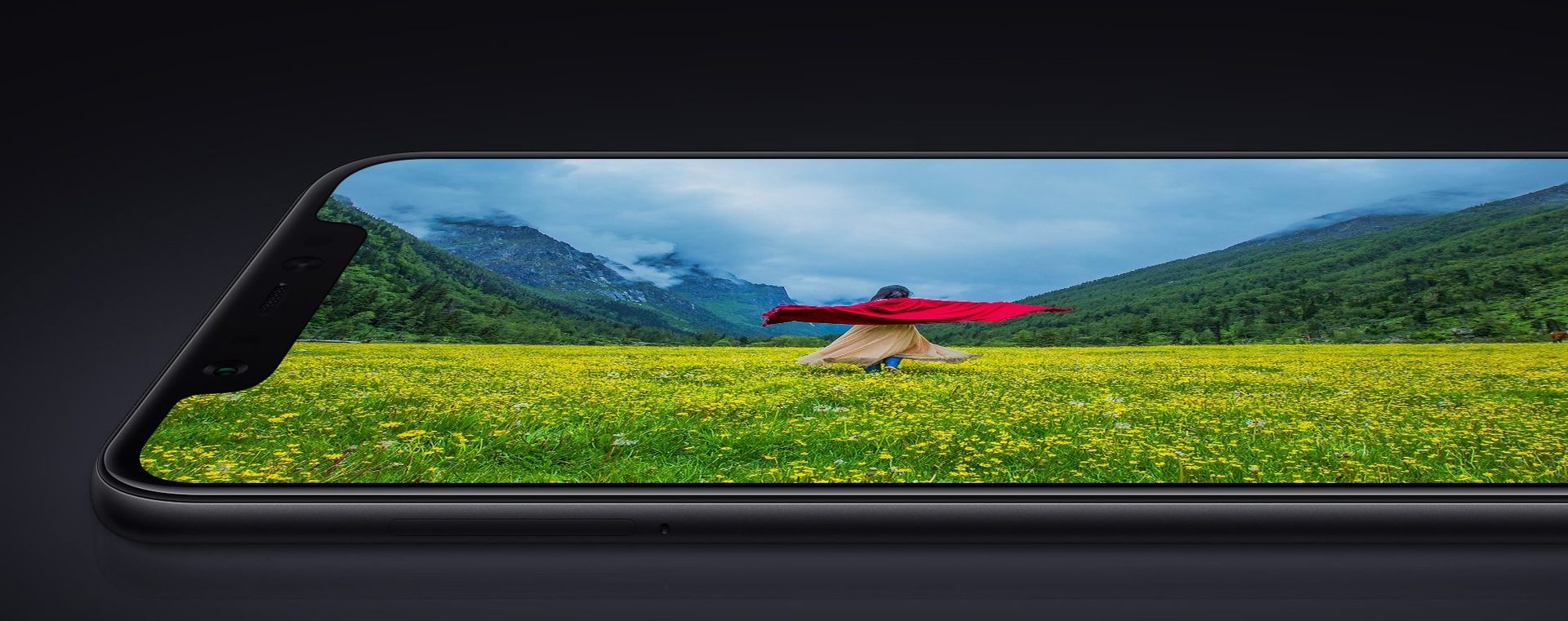 It's not the first OLED (or AMOLED) display Xiaomi has used, think back to the Redmi Pro, or the Mi Note 2 as the only Xiaomi model with an edge display so far.
It's not the first OLED (or AMOLED) display Xiaomi has used, think back to the Redmi Pro, or the Mi Note 2 as the only Xiaomi model with an edge display so far.
Anyone who has seen an iPhone X, OnePlus 6 or Samsung S series model will be familiar with the colour and quality of the display. In terms of calibration, however, we trust that it won't be as harsh as Samsung's.
Let's have a look at some of the display data
| Technology | Samsung Super AMOLED |
| Physical size | 14.22cm x 6.83cm |
| Aspect ratio | 2.081:1 |
| Resolution | 1080 x 2248 |
| Pixel density | 402 ppi |
| Colour depth | 24 bit |
| Protection | Corning Gorilla Glass |
| Other features | 2.5D rounded glass, AOD (Always-On Display), HDR10 display |
Hardware (SoC)
 In terms of hardware, the Mi 8 is absolutely top of the line, thanks to the careful optimization of the Snapdragon 845 AnTutu score The device was the highest in the AnTuTu Benchmark (301.472 points) for days. What might be important for us, apart from raw power, is the support for hardware 3D facial recognition (and data encryption) and an in-display biometric sensor.
In terms of hardware, the Mi 8 is absolutely top of the line, thanks to the careful optimization of the Snapdragon 845 AnTutu score The device was the highest in the AnTuTu Benchmark (301.472 points) for days. What might be important for us, apart from raw power, is the support for hardware 3D facial recognition (and data encryption) and an in-display biometric sensor.
Specifications of the Snapdragon 845 SoC:
| Production technology | 10 nm |
| CPU | 8 magos 4x 2.8 GHz Kryo 385, 4x 1.8 GHz Kryo 385, 64 bit, ARMv8-A,2800 MHz CPU frequency |
| GPU | Adreno 630, 710 MHz |
| RAM | 6 GB, LPDDR4X, dual channel, 1866 MHz |
| ROM | 64 GB / 128 GB / 256 GB (UFS 2.1) |
Android 8.1 Oreo is the major version, with MIUI 9 pre-installed. This will be updated with MIUI 10 over time, and later shipments will come with it as standard.
And how does the iron hold up under load? Quite well, as you can see in the video below.
Security and the Notch
The Mi range was the first to get a notch. Each of the three models has a different knowledge, or unlocking solution. The Mi 8's "medium" sensor island uses the following solution.
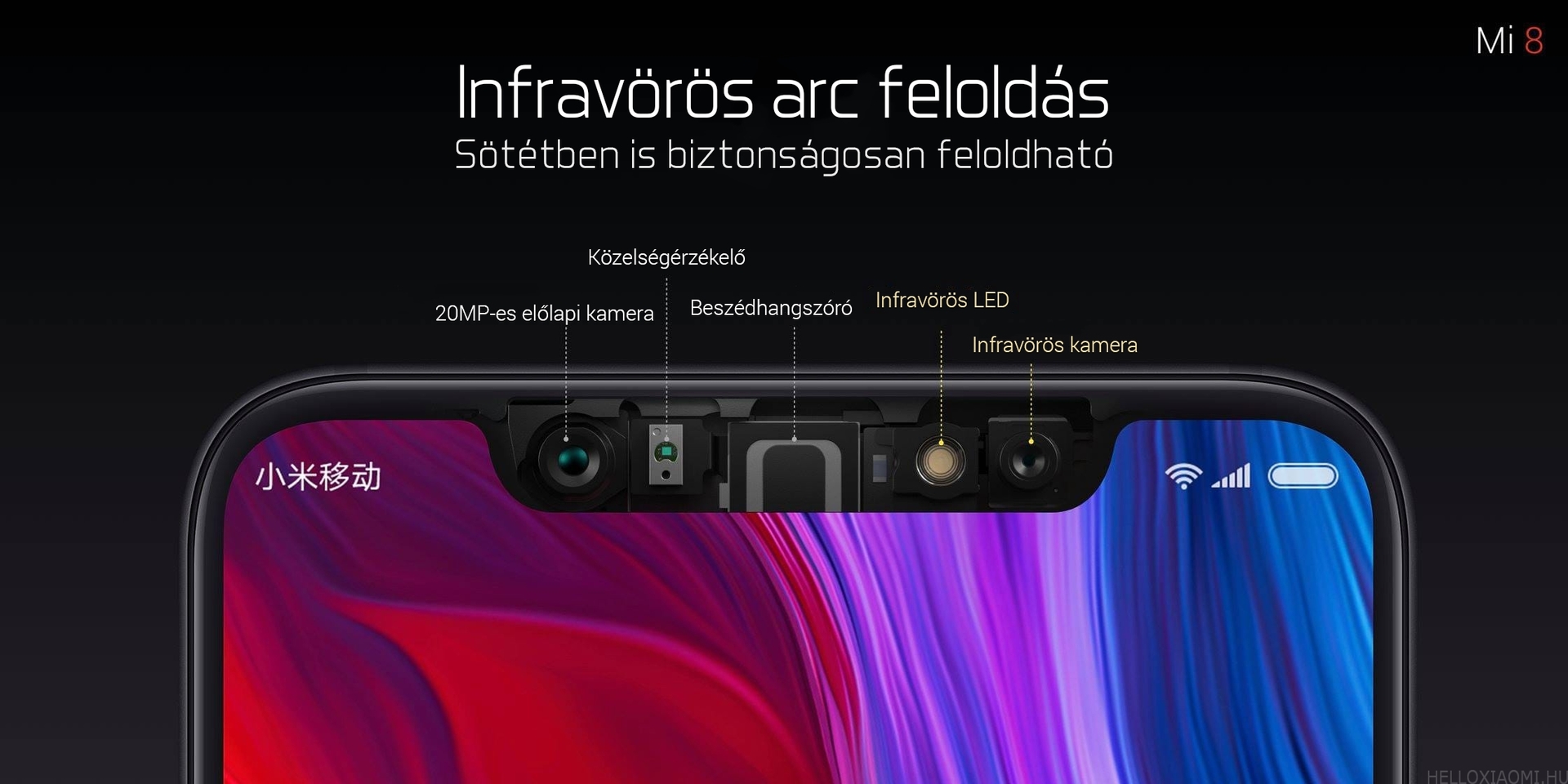 The technology, which can also be used in the dark, is based on the front-facing camera's ability to use software AI to identify your pre-stored face, which it can do in the dark by illuminating an infrared LED. It's more efficient than a software-based solution, but still falls short of the iPhone X's Face ID solution. The solution used there is only available in the Mi 8 Explorer Edition, alongside the fingerprint scanner built under the display.
The technology, which can also be used in the dark, is based on the front-facing camera's ability to use software AI to identify your pre-stored face, which it can do in the dark by illuminating an infrared LED. It's more efficient than a software-based solution, but still falls short of the iPhone X's Face ID solution. The solution used there is only available in the Mi 8 Explorer Edition, alongside the fingerprint scanner built under the display.
The traditional fingerprint sensor is located on the back of the device.
As you can see in the video below, it's quite effective (we can't fool you with a simple photo) and fast.
Camera
The main camera unit itself is identical to the one found in the Mi MIX 2s.
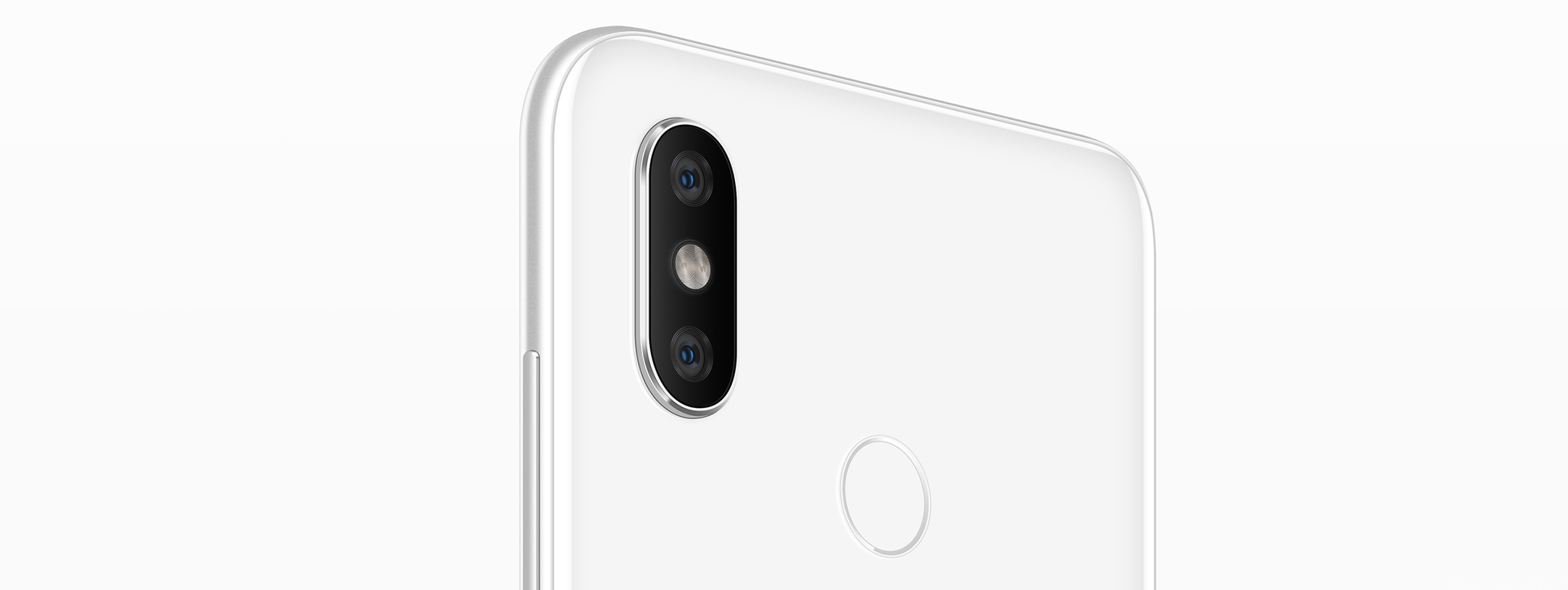 That is, two 12 megapixel sensors, of which the wide-angle one is a Sony IMX363 Exmor RS sensor with f/1.8 aperture and 1.4 µm pixel size, and the telephoto lens is a Samsung S5K3M3 (ISOCELL) sensor with f/2.4 aperture and 1 µm pixel size. The dual system supports four-axis optical stabilisation, optical zoom, and dual pixel autofocus.
That is, two 12 megapixel sensors, of which the wide-angle one is a Sony IMX363 Exmor RS sensor with f/1.8 aperture and 1.4 µm pixel size, and the telephoto lens is a Samsung S5K3M3 (ISOCELL) sensor with f/2.4 aperture and 1 µm pixel size. The dual system supports four-axis optical stabilisation, optical zoom, and dual pixel autofocus.

The front camera is a 20MP Samsung S5K3T1 (ISOCELL) sensor with f/2 aperture and 1.8 µm pixel size.
They would not be convincing enough in the manufacturer's picture, here are some test photos from our Chinese colleague.
The AI solutions are shown in the detailed table below in comparison with the other two models.
Dual frequency GPS antenna
 The Mi 8 is the world's first dual-frequency GPS device capable of ultra-precise positioning with new technology. It supports L1+L5 dual-frequency positioning and dual-band signal interoperability, which effectively improves navigation accuracy in urban complex environments.
The Mi 8 is the world's first dual-frequency GPS device capable of ultra-precise positioning with new technology. It supports L1+L5 dual-frequency positioning and dual-band signal interoperability, which effectively improves navigation accuracy in urban complex environments.
What does this mean in simple terms?
You've probably experienced the annoying phenomenon of delayed GPS information in a city with high tower blocks, so you couldn't turn off in time. The many metal buildings can sometimes completely block the signal from some distant (flatter-angled) satellites. Therefore, positioning will be much more inaccurate and position data will not be updated.
This can be solved by the new development, which can "see" multiple frequency bands, making it less likely to lose connection during navigation.
Mi AI voice assistant and multifunction NFC
Just briefly about the two functions. For the time being, the voice assistant can be used in China and for those who speak the language at a native level. A Chinese localisation would not hurt either.
Multi-NFC is also widespread in China, where different services can be settled using the touch solution. Like the Mi Band 3, they can pay in shops or buy tickets and passes. This is not yet supported in Europe, so it can be used for credit card payments or device pairing.
Battery
One of the cornerstones of the device that hasn't been overdone. For a power machine of this size, it would have been appropriate to include a battery of over 4000mAh, but 3400 mAh we have to make do with capacity.
I can't give you specifics (yet), but the better power consumption of the AMOLED display, the well-optimized system, and the economical SD845, we can expect an average battery life of 1 day or 1.5 days of low battery life. Thanks to the
With Quick Charge 4.0+ 18W charging support, you don't have to wait too long for a full charge.
The Mi 8 supports Qualcomm Quick charge 4.0 fast charging, but only the QC 3.0 charging head is included in the box, which charges at 3.3 Amps at 5 V. Using the included charging head and cable, the phone charges from 11% to 100% in 1 hour and 12 minutes.
Network connections
The Mi 8 supports 15 different LTE frequency bands (just like the Mi MIX 2s), so you can use your Mi 8 all over the world without any worries. Wherever there is carrier coverage, we can use our phone. So we won't have any problems with the much talked about B20 frequency band (800MHz) in Hungary. Both SIMs also support dual 4G mode, so we don't need to bother with settings either.
You are free to choose which SIM to use for LTE connectivity, as Dual LTE and Dual standby modes are available.
The Mi 8 also supports 4G+ transmission, so you can use the fastest bandwidth possible, and supports multiple carrier aggregation technology (if you have Wi-Fi a/b/g/n/ac, as well as Wi-Fi Direct). Wireless screen mirroring is also available via the Miracast protocol. Bluetooth 5.0, GPS, and GLONASS are also supported, but we also have NFC, which can be used for Mi Pay or Android Pay services.
Qi charging is not supported.
Price
The 6/64GB version is available from domestic purchase with a 2-year warranty for 169.990 HUF gross, and the 6/128GB version for 184.990 HUF gross. xiaomishop.hu from the webshop.
You can see and read the Mi 8 test soon!
Let's look at the differences between the three Mi 8 models in a detailed table:
| Mi 8 SE | Wed 8 | Mi 8 Explorer Edition | |
| Processor | Snapdragon 710 SoC, max 2.2 GHz / Adreno 616 GPU, max 500 MHz | Snapdragon 845 SoC, max 2.8 GHz / Adreno 630 GPU, max 710 MHz | Snapdragon 845 SoC, max 2.8 GHz / Adreno 630 GPU, max 710 MHz |
| Memory and storage | Max. 6GB RAM / 64GB ROM
| Max. 6GB RAM / 256GB ROM
| 8GB RAM / 128GB ROM
|
| Display | 5.88″ Samsung AMOLED, 18.7:9 aspect ratio
| 6.21″ Samsung AMOLED
| 6.21″ Samsung AMOLED
|
| Physical dimensions | 147.28mm x 73.09mm x 7.5mm | 154.9mm x 74.8mm x 7.6mm | 154.9mm x 74.8mm x 7.6mm |
| Weight | 164g | 175g | 177g |
| Battery capacity | 3120mAh
| 3400mAh
| 3000mAh
|
| Camera (rear) |
|
|
|
| Camera photo spec. |
|
|
|
| Camera video spec. |
|
|
|
| Camera (front) | 20MP, 2.0µm | 20MP, Samsung S5K3T1 (ISOCELL) f/2 | 20MP, Samsung S5K3T1 (ISOCELL) f/2 |
| Camera video spec. |
|
|
|
| Colours |
|
| transparent back |
| Security identification | Infrared facial recognition, back-fingerprint scanner | Infrared facial recognition, back-fingerprint scanner | 3D facial recognition, Android Face ID, in-display fingerprint scanner |
| Contact | 2 Nano SIM, 4G+ support, VoLTE 4G LTE: B1 (2100), B3 (1800), B34 (TDD 2100), B38 (TDD 2600), B39 (TDD 1900), B40 (TDD 2300), B41 (TDD 2500), B5 (850), B7 (2600), B8 (900) | 2 Nano SIM, 4G+ support, VoLTE 4G LTE: | 2 Nano SIM, 4G+ support, VoLTE 4G LTE: |
| GPS |
| Dual frequency L1/L5 GPS
| Dual frequency L1/L5 GPS
|

















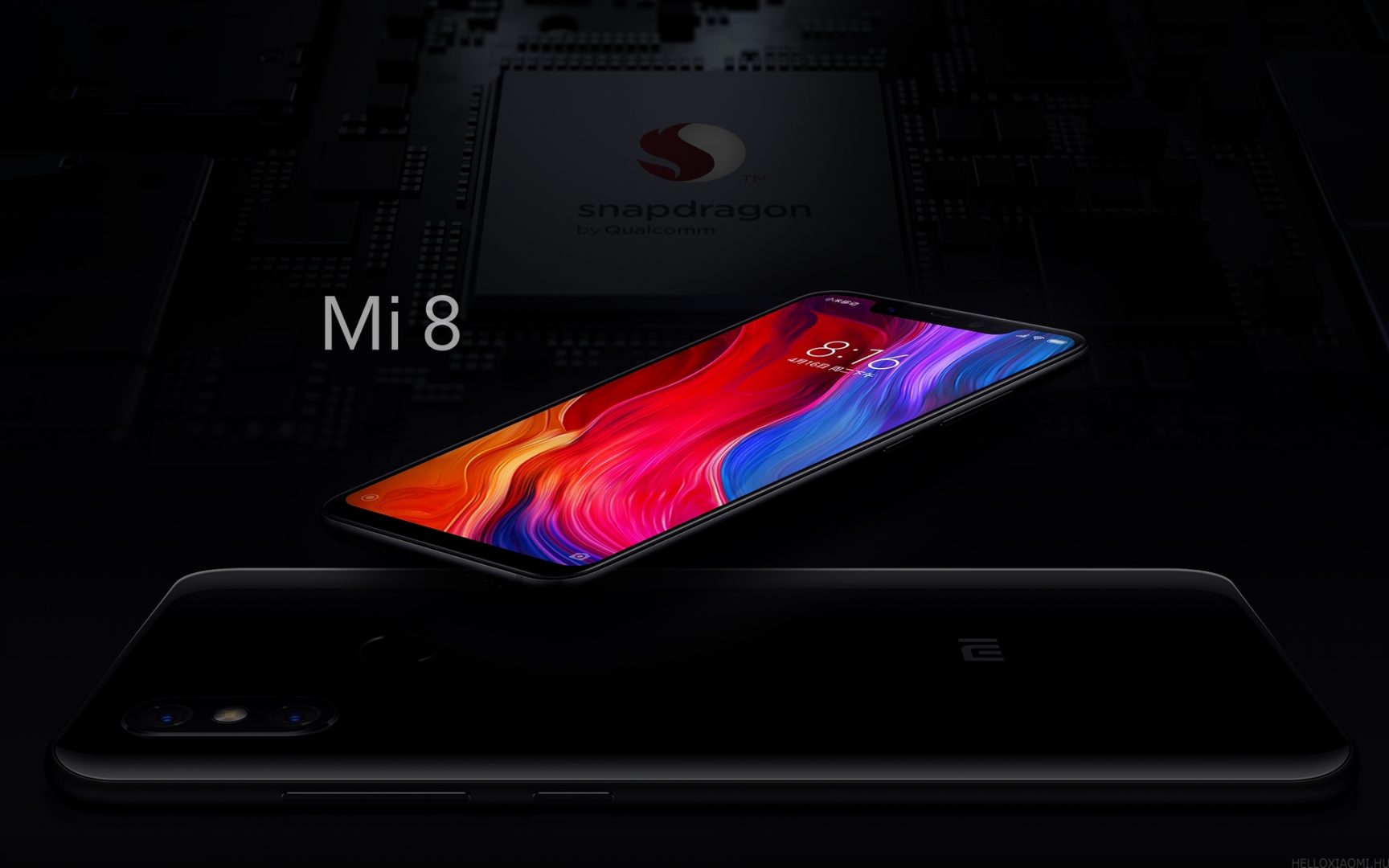







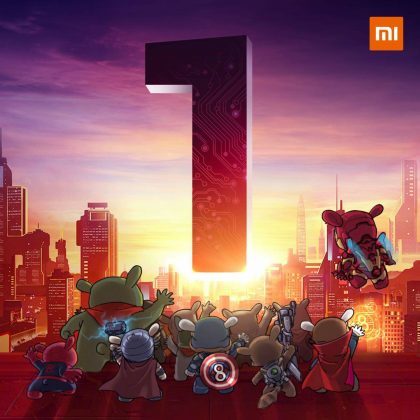
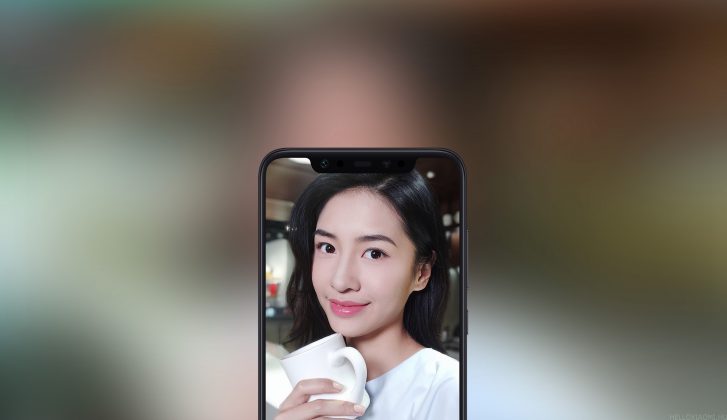










![[150] HyperOS heti hibajelentés](https://helloxiaomi.hu/wp-content/uploads/2024/04/hyperosbugreportindex-218x150.webp)
